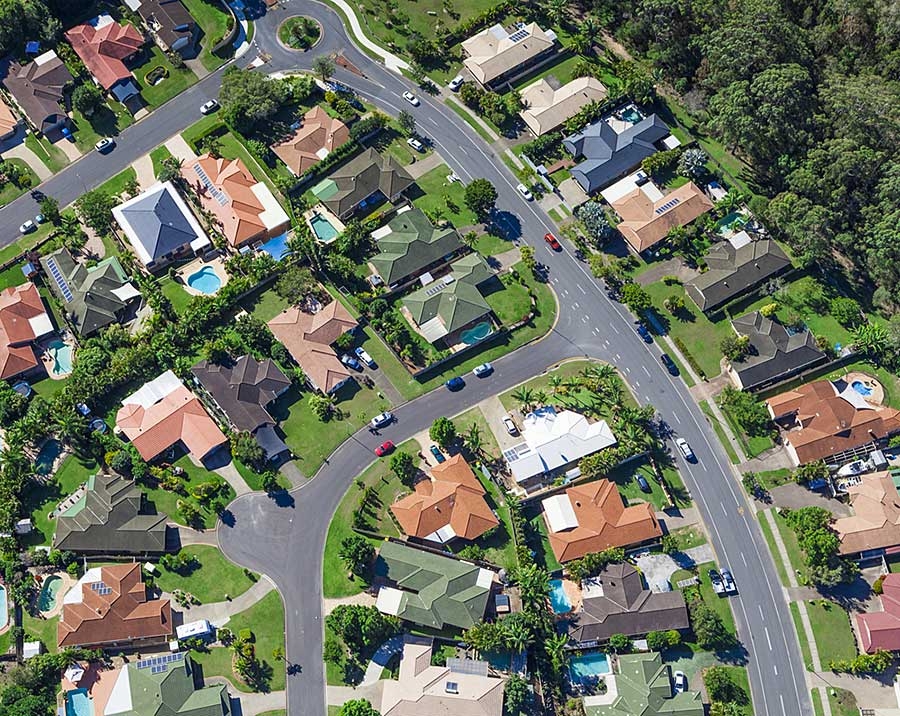Everyone knows about the income tax and the property tax, but depending on where you live, you might pay hundreds or even thousands of dollars a year on a tax you’ve never heard of.
It’s the time and money that we have to pay for transportation because of sprawling development patterns: the sprawl tax.
At City Observatory — a think tank on urban policy issues — we’ve calculated just how much more commuters pay because of sprawl in each of the nation’s largest metropolitan areas — and the numbers are huge. (You can read our full report and see details on the methodology and estimates of the sprawl tax for individual metropolitan areas at www.cityobservatory.org).
To make that calculation, we used average data on average commute distances from the Brookings Institution. Not surprisingly, in sprawling metropolitan areas, average commute distances are much longer. Commuters in Dallas travel an average of 12.2 miles each way to work, those in Nashville 11 miles, while commuters in Portland travel just 7.1 miles.
All that additional travel costs commuters more, in both money, for vehicles and fuel, and time spent traveling. To compute the sprawl tax, we compared each U.S. metro to a high performing metropolitan area of a similar size, and then computed how many more miles commuters traveled compared to that benchmark.
We then used standard estimates for vehicle operating costs and travel time values to compute the dollar value of the “sprawl tax” imposed on each worker in a metropolitan area.
Nationally, we estimate that workers in the nation’s fifty largest metropolitan areas pay a sprawl tax of $107 billion per year. But, as you can imagine, the tax differs substantially from city to city.
Live in Atlanta? Your sprawl tax is $3,200 per year. Houston: $2,900 per year. By comparison, Portland’s compact development patterns mean that we pay much lower than average sprawl taxes — about $870 per worker per year.
Some pundits are fond of pointing out that Portland has higher housing prices than some of these sprawling sunbelt cities. But what those kind of cost of living comparisons invariably leave out is the fact that you’ll pay a much higher sprawl tax if you move to one of these cities.
Research also shows that in addition to the financial burden imposed by sprawl, there is a psychological burden as well. Behavioral economists have found that commute length has a powerful, negative effect on self-reported happiness: the longer your commute, the less happy you are likely to be.
And the data also show that people who live in metro areas with shorter average commute distances report much higher levels of satisfaction with their local transportation system. And interestingly, satisfaction with the transportation system has no correlation with levels of traffic congestion.
We can also think about the sprawl tax in an international context. While we think of Americans as being lightly taxed, that’s not true when it comes to sprawl taxes. Citizens of other advanced economies spend a much smaller fraction of their income on transportation, and much less of their time commuting, due principally to lower levels of sprawl in their nations.
The international difference in development patterns has a lot to do with land use policies and investments (in highways, and not in transit) that favor much greater decentralization in the US. And we pay a price for this: The average American commute time is 51 minutes per day, compared to 42 minutes in Germany, 36 minutes in France and 30 minutes in Italy.
Compared to other high income nations, we spend about $1,500 per household on transportation costs and about $770 per worker more on commute time costs.
It’s not on your 1040 (or for Oregon filers, on your form 40), and you don’t see it on a property tax statement each fall, but you do pay a sprawl tax. The good news for Oregonians is that, especially compared to residents of places that haven’t worked to reduce sprawl, we pay a much lower sprawl tax.
But it’s also the case that we could do better: we’re still paying $870 per worker per year; more compact development patterns and greater attention to facilitating alternatives to automobile dependence could reduce the sprawl tax still further.




